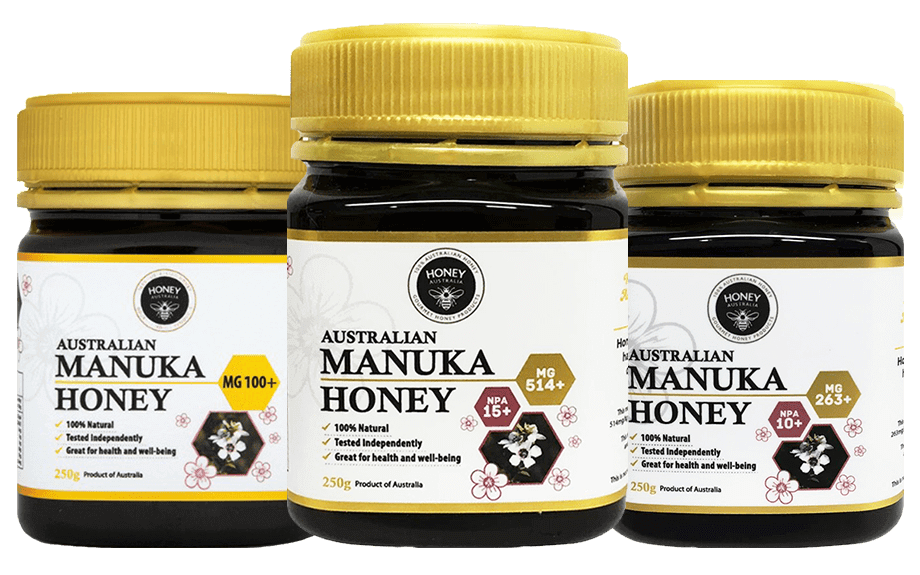Manuka honey vs normal honey
For centuries, humankind has enjoyed the benefits of honey – it is delicious and has health-giving properties.
But it has only recently come to light that one variety of honey is many times more powerful when it comes to healing and medicinal uses. The difference? a special compound known as methylglyoxal or MGO that is responsible for potent bacteria-killing properties.
This is Manuka honey. Looking at more detail into this fascinating natural product reveals why it stands out from the crowd.
What is manuka honey?
As its name suggests, the honey is made from the nectar of Manuka plants, which are native to Australia and New Zealand. While there is a handful of this plant in New Zealand, Australia boasts over 80 species of Manuka.
The Australian Leptospermum polygalifolium, also known as the jelly bush or the lemon-scented tea tree has been found to contain up to 1750MG/KG of MGO, making it the highest MGO that can be harvested by the bees!
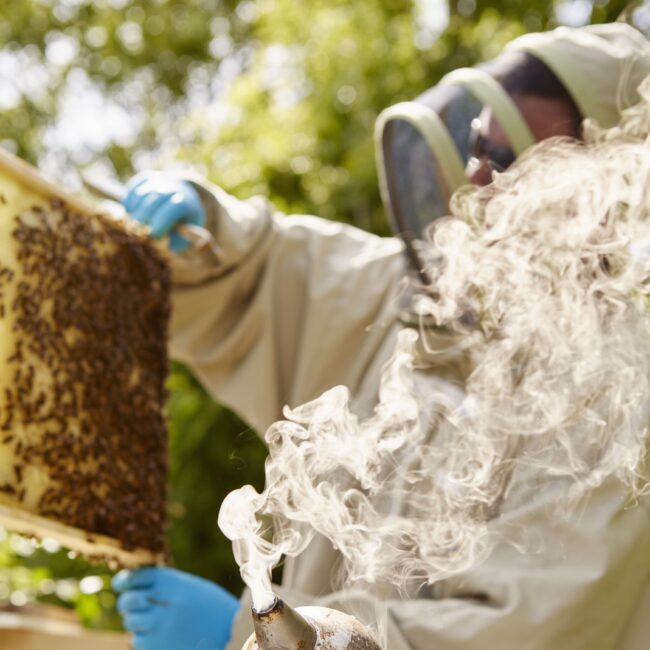
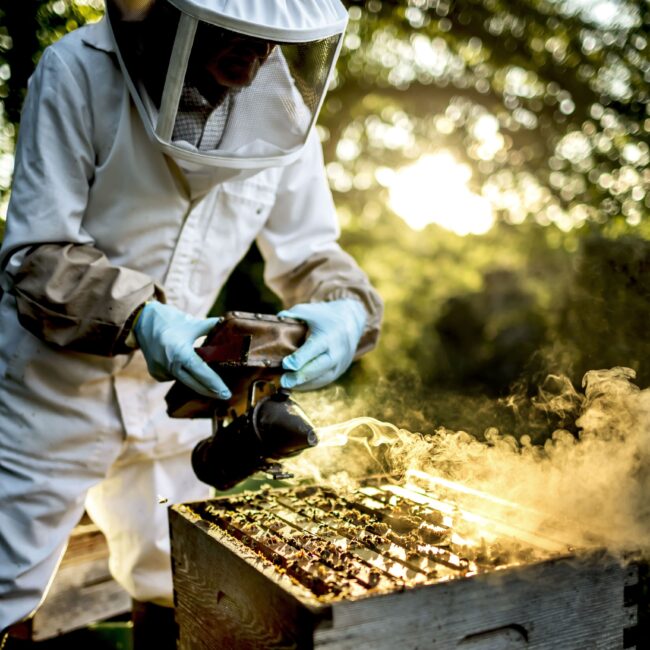
How does manuka honey differ from normal honey?
Manuka honey has some unique properties, proven by scientific research, that simply can’t be found in other varieties of honey.
This special compound is known as methylglyoxal or MGO has several healing properties. It’s medicinal and antibacterial properties have been used in everything from treating topical cuts, burns and common colds to helping cure acne, soothes sore throat, aids with digestive health and many more.
This substance is derived from a simple carbohydrate called dihydroxyacetone (also known as DHA), which is found in Manuka flower nectar.
Even if you remove the hydrogen peroxide from Manuka honey, it will still have the ability to heal wounds and fight off bugs, thanks to its MGO content.
In fact, its healing abilities are so powerful that Manuka honey can treat infections caused by antibiotic-resistant bugs like MRSA (Staphylococcus aureus).
Unique indicators that set manuka honey apart
There are additional substances found in Manuka honey that set it apart from other types of honey on the market.
Manuka honey also contains leptosperin, a chemical found in the nectar of Manuka plants.
Another marker is hydroxymethylfurfural (HMF), which occurs when fructose, one of the principal sugars found in honey, breaks down on heating. HMF appears only in low levels in fresh honey.
These indicators make it easy to verify whether honey marketed as Manuka is indeed fresh and genuine.
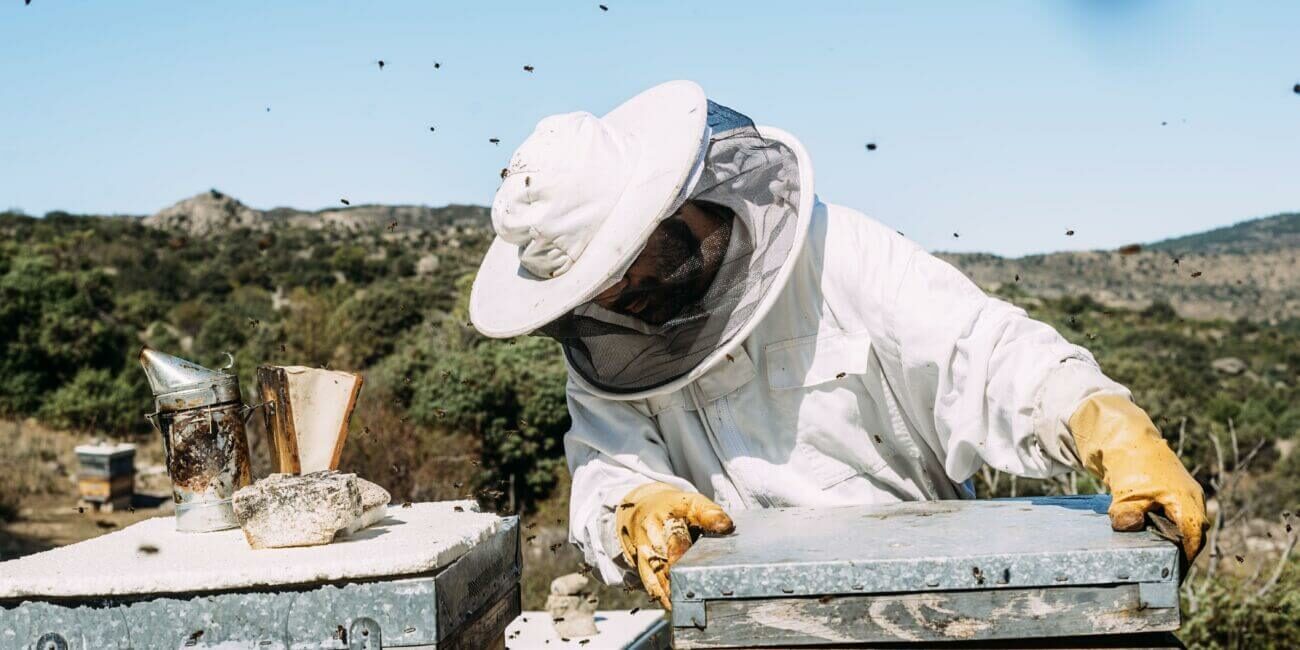
Pure and simple
Manuka honey undergoes minimal processing, ensuring that the indicators referred to in the previous section are still present and that it retains its nutrients such as antioxidants called flavonoids, vitamin B, iron, magnesium and zinc.
It’s also worth knowing that Australia is the only country in the world unaffected by the varroa mite. This means that there is no need to use miticide in beehives there. As such, the honey harvested is ultra-pure, just as nature intended.
How can the unique properties of manuka honey help me?
You can apply Manuka honey to minor cuts and burns for a super-charged healing and antibacterial effect Or, you can eat it to help soothe sore throats, upset stomachs or the symptoms of inflammatory bowel disease.
It’s also a great ingredient in cosmetic applications, helping repair dry or acne-damaged skin and warding off dandruff when used as a hair treatment.
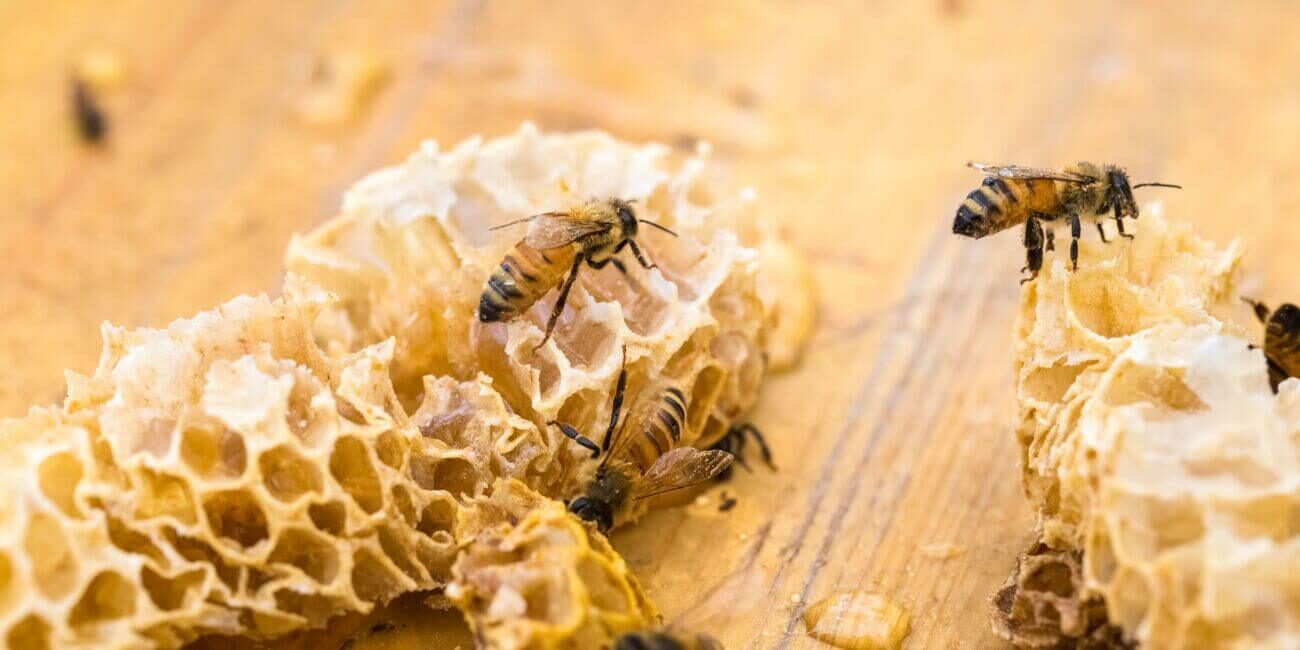
The scientifically proven unique properties of manuka honey
Far from being an old wives’ tale, these functions of Manuka honey have been scientifically proven by a body of research. You can read more about this research, pioneered by Dr Peter Molan at the University of Waikato in New Zealand, and Manuka’s unique and powerful properties right here.


